Swiss pharma’s big bet on Slovenia
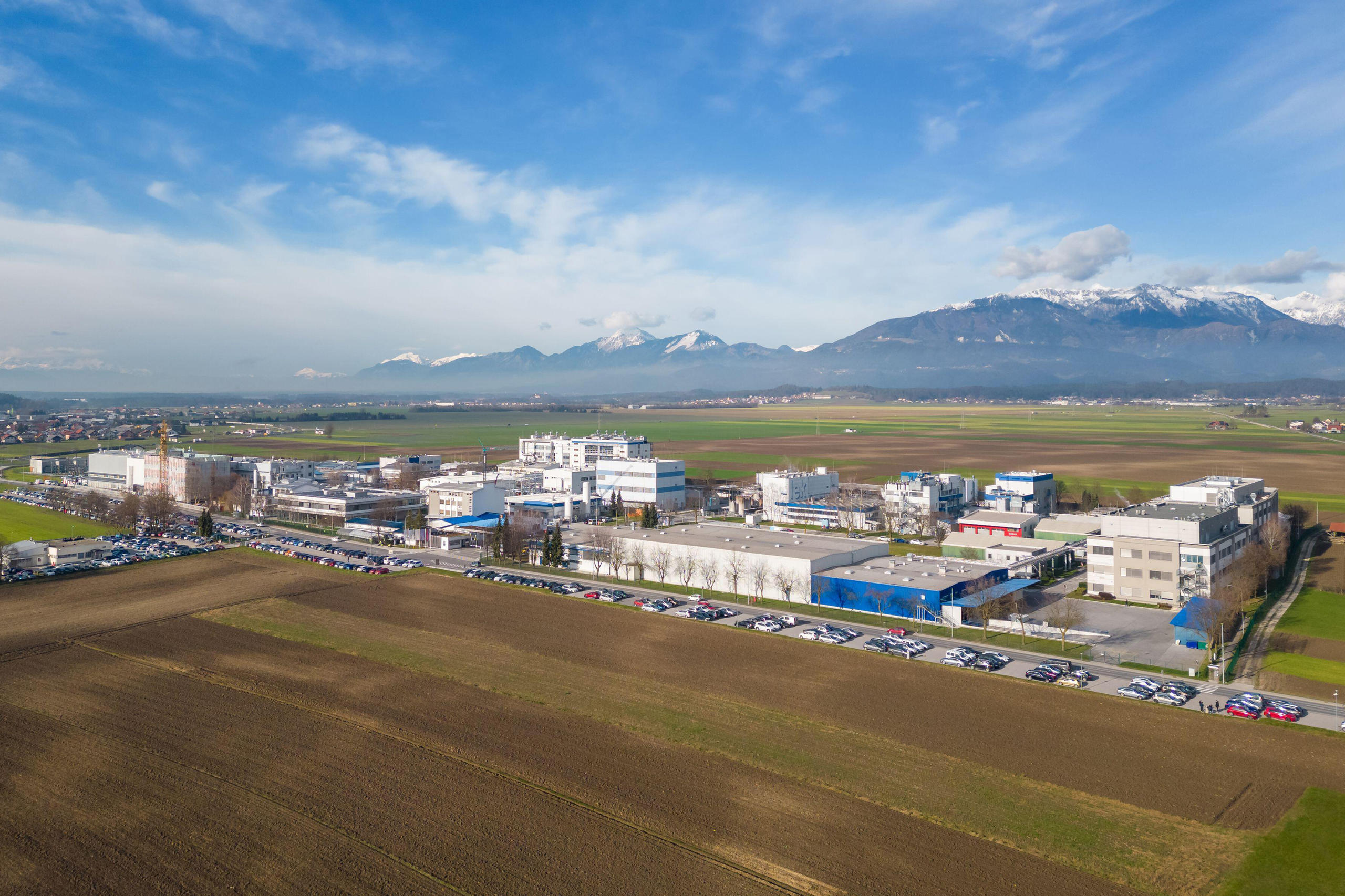
Pharmaceutical giant Novartis invested billions in Slovenia, helping turn the country into a global player in generic drug production. Now, as cheap Asian competitors increasingly dominate the market, Swiss drug companies see the tiny Balkan nation playing a key role in their shift to more complex, expensive medicines.
Polonca Kuhar’s career in Slovenia’s pharmaceutical industry has mirrored the country’s rise as a key player in global drug production. Starting as a researcher developing cheap copycat generic drugs at Lek in 2002, the same year the company was taken over by Swiss drugs giant Novartis, she steadily moved up the ranks.
Covid-19 followed by the wars in Ukraine and Gaza have accelerated a structural trend in the works since Donald Trump came into office as President of the United States in 2017: that of redefining globalisation as we have experienced it over the past three decades. On the one hand Western countries weary of the negative effects of open trade policies are resorting to populist and more protectionist measures embracing among others an anti-China discourse. On the other what is referred to as the Global South, want another type of globalisation with their interests at the centre.
These shifts are affecting foreign policies, trade, investment and how global companies position themselves in an increasingly divided world against the backdrop of slowing growth in China.
These include Switzerland’s many multinational companies which benefit from sourcing raw materials from across the globe and sell worldwide. They are dependent on stable commodity prices, fluid supply chains and open markets.
In this series we look at how this geopolitical landscape is impacting Switzerland’s largest global companies. Topics covered include: how China still fares well for some niche high-end consumer goods, reshoring the pharmaceutical industry to Europe, can India be the next China and what a more inclusive globalisation could look like.
The trained pharmacist now heads a team of over 500 in Mengeš, a town of 8,000 people some 15 kilometres north of the Slovenian capital Ljubljana and home to the company’s largest global manufacturing site for ingredients in biologic drugs.
“The campus has grown organically in all directions,” Kuhar told SWI, pointing to a map of the construction sites sprinkled across the Mengeš campus. “We are constantly building, expanding, adapting our capabilities and capacities to serve Novartis’ portfolio.”
Over the last 20 years, pharmaceutical exports from Slovenia have skyrocketed – from $2 billion in 2010 to $15 billion (CHF13 billion) in 2022, while the industry’s gross value added doubled over the same period. The sector now accounts for around 5% of the country’s GDP and directly employs some 12,000 workers in a country of 2 million people – a share of the labour force on a par with Switzerland, where 47,000 are employed.
The rapid rise in Slovenia pharmaceutical exports and imports from 2018 onwards is in large part because of the opening of the Kuehne+Nagel pharmaceutical fulfillment centre that year. Many products pass through the country and therefore cross borders but aren’t necessarily used for production inside the country.
Switzerland has played a major role in this growth, particularly Novartis and its generics division Sandoz, which was spun off into a separate company last October. Excluding the Lek acquisition, the two companies have invested more than CHF3.5 billion Slovenia over the past two decades, making the tiny Balkan nation an indispensable partner for two of Switzerland’s largest pharmaceutical companies.
The relationship continues to flourish. In 2022, Novartis announced it was investing another $350 million in Slovenia and last year, as an independent company, Sandoz pledged around $400 million, the largest single foreign investment in the country’s history, for the production of biosimilars, medicines that are almost identical copies of drugs that are already approved. Combined, the investments are some of the biggest the two companies have made globally over the last two years.
From generics giant…
Slovenia stepped onto the pharmaceutical scene at the end of the Second World War when Lek and another Slovenian firm, Krka, were set up to produce ingredients for generic medicines, cheaper copies of drugs whose patents have expired, and the finished products, mainly for the eastern European market. When Novartis bought Lek in 2002 for €876 million (CHF1.3 billion at the time), the generics market was booming, and Lek filled a gap in the company’s portfolio.
“Lek’s capabilities in developing generics were one of the crown jewels when Novartis acquired the company,” Gregor Makuc, head of corporate affairs and a board member of Lek, a Sandoz company, told SWI during a visit to the original Lek factory site in Ljubljana.
Lek quickly became one of Novartis’ star subsidiaries, developing and producing top-selling drugs such as omeprazole, a generic alternative to the anti-ulcer treatment Losec/Prilosec, for the US market, and developing the antibiotic co-amoxiclav, an amoxicillin combination drug.
Beyond its generics expertise, Slovenia’s attraction lay in its cost base – the average annual salaryExternal link (measured by purchasing power parity) was less than $35,000 in 2002 compared with $65,000 in Switzerland, a key advantage as generic-drug manufacturing in Europe came under growing pressure from low-cost competitors in Asia.
Novartis got a warm welcome in Slovenia, which had gained independence from Yugoslavia just a few years earlier and was in the midst of a structural shift from an inward-looking socialist economy to an international trading nation. The group’s investments, the largest by a foreign company at the time, were key to this transformation.
Since the Lek acquisition, Novartis has built up infrastructure and skills across the pharmaceutical supply chain in Slovenia. This has included a facility for filling vials, a factory producing pills and capsules, labs for developing biologics, and a packaging plant in the eastern town of Lendava, which is now the largest in the Sandoz network and supplies more than 120 countries.
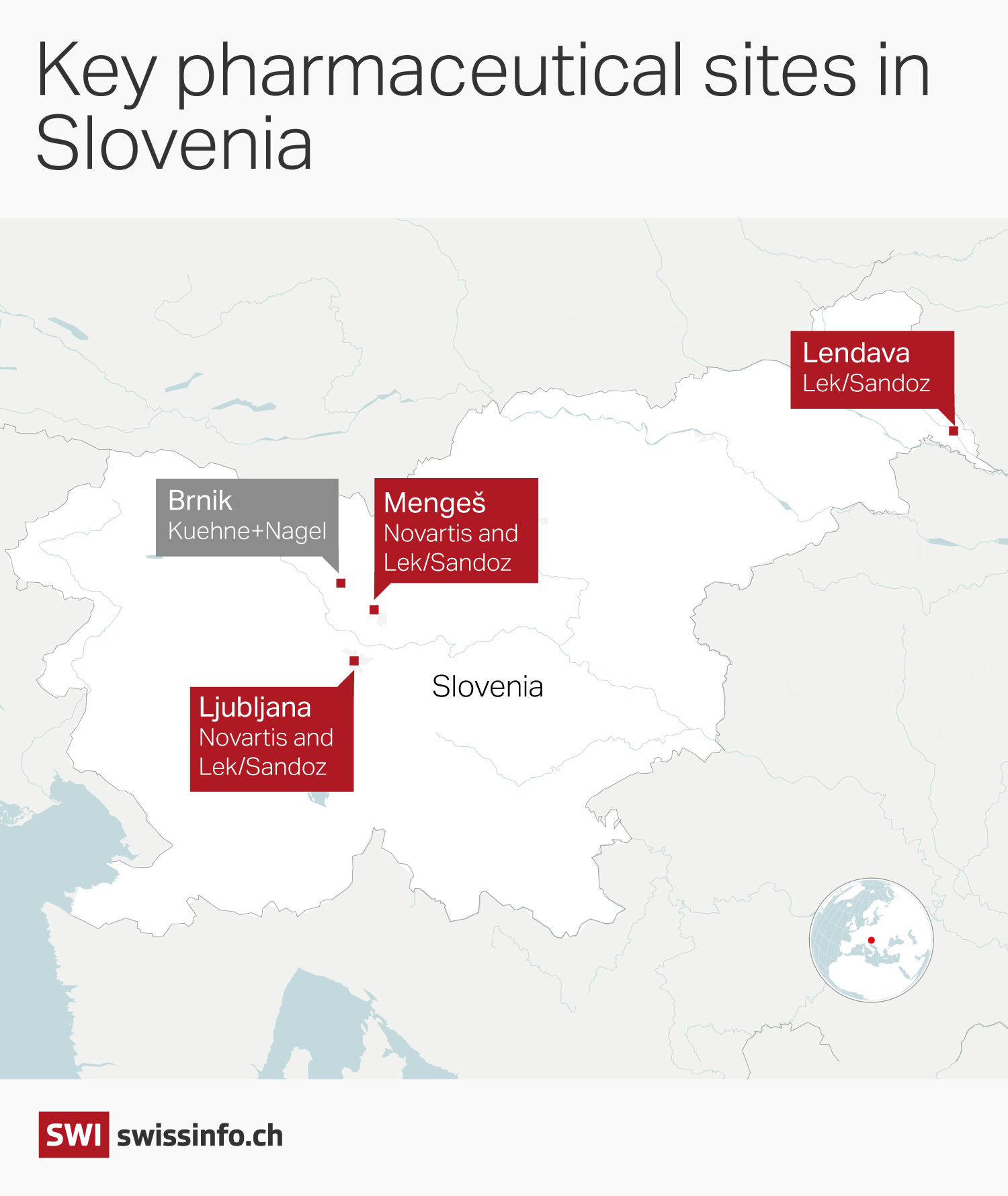
To accommodate the growing flow of pharmaceutical goods, Swiss logistics provider Kuehne+Nagel opened a pharmaceutical fulfillment centre in 2018 a five-minute drive from Ljubljana airport. Covering the same area as around three standard-sized football pitches, it is the largest pharmaceutical logistics hub of its kind in Europe.
… To innovation engine
After years of strong growth, threats to Slovenia’s position as a key manufacturer of generics began to emerge in 2015 as fewer drugs went off-patent and competition from low-cost, mainly Asian, countries intensified. The tougher environment led many big, established pharma companies to sell their generics units or outsource production to third parties and pivot to higher margin drugs.
In addition to spinning off Sandoz, Novartis has carried out a massive restructuring in the last two years to focus on so-called innovative medicines, drugs made with substances that have not been authorised before, such as cell and gene therapies, that can treat complex diseases and potentially offer higher returns.
Sandoz, the largest generics maker in Europe and one of the five largest globally, has focused new investments on launching new generics and biosimilars that are more complex to produce and command higher prices. Since its first biosimilar came onto the market in 2006, Sandoz has launched a further seven and has 25 more in the pipeline.
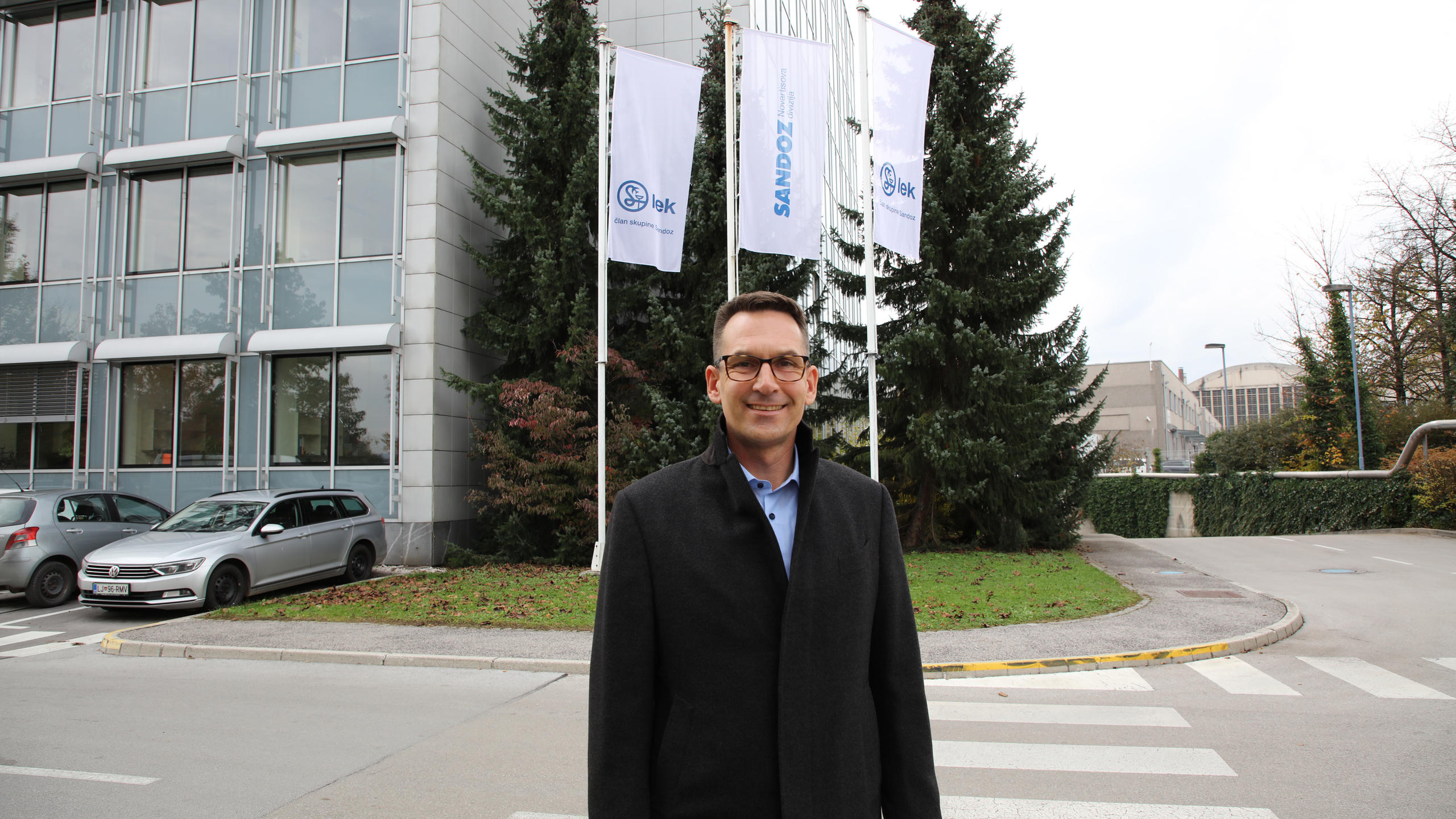
The de-prioritisation of cheaper generics could have spelled disaster for Slovenia’s pharmaceuticals sector, but the government moved quickly to provide support, including offering incentives to attract foreign investment that would move the industry up the value chain.
“Our strategic ambition is to evolve from a competent and reliable supplier to an innovation-driven developer of solutions,” Matevž Frangež, State Secretary for the Economy, told SWI. “The pharmaceutical sector is a key driver of this.”
Describing Switzerland as a model for Slovenia, he said the country has invested heavily in education, specifically scientific fields, in the last decade and offers various incentives for investors including tax deductions for innovation.
Sandoz’s latest investments include $90 million in a centre to develop biosimilars in Ljubljana and another $400 million for the manufacturing of biosimilars in Lendava, both of which will be operational by 2026. The government is contributing €50-55 million to Sandoz’s investment in Lendava.
“It was a big relief when Sandoz announced the latest investments,” said Makuc. “This was a powerful signal that Sandoz is really serious with its operations in Slovenia.”
Leaving generics behind
On the Novartis side, money is also being poured into new technology. This can be seen in Mengeš, where Kuhar’s team is researching up to 10 substances for potential use in clinical trials or commercial-scale production for new biological drugs to treat diseases like multiple sclerosis and rheumatoid arthritis.
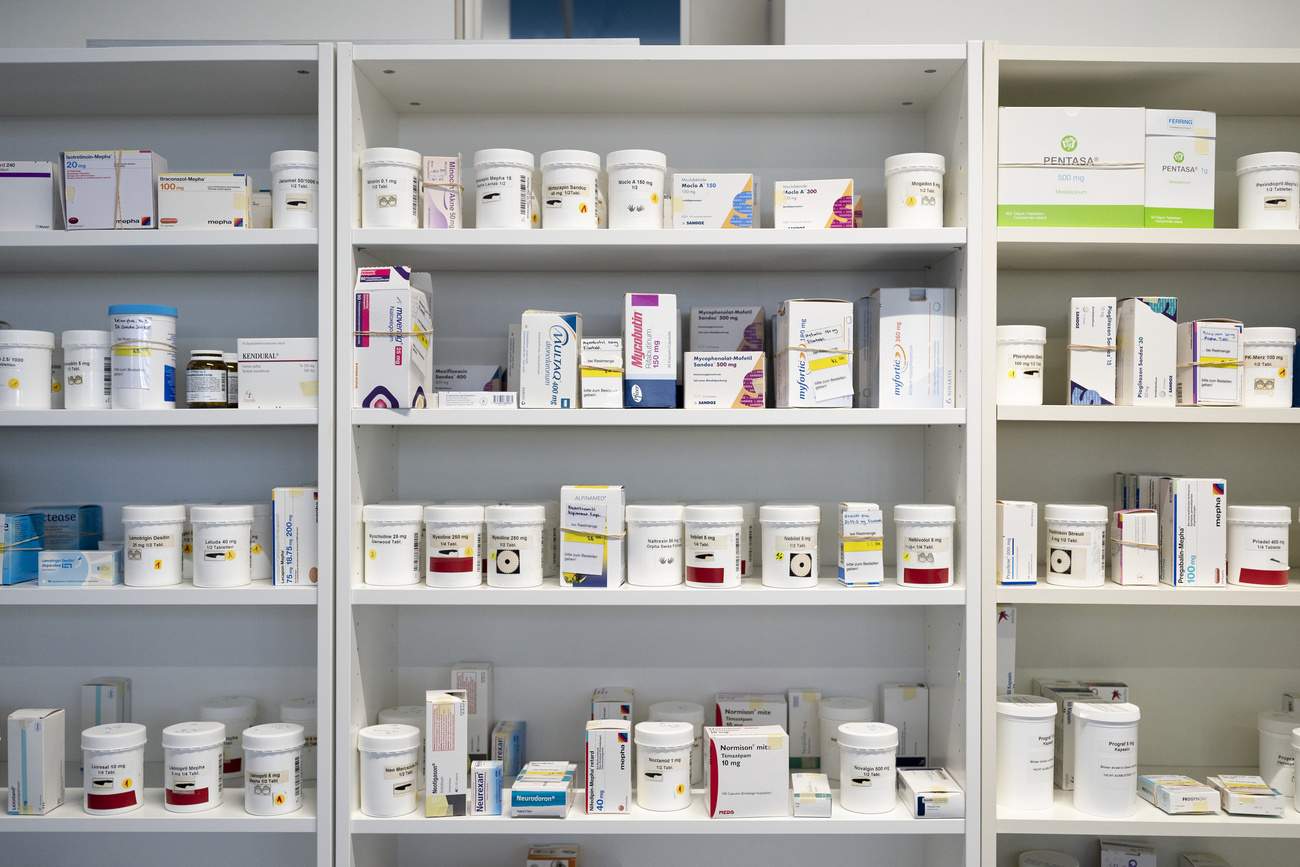
More
After spin-off Sandoz sets out to make cheap medicine profitable
“This facility was built in 2019 but it has already expanded three times since then, and the next expansion is coming next year,” Kuhar said as we stand in front of live cell cultures bobbing up and down in one of eight industrial-scale bioreactors at the site which produce biomolecules, substances produced by living organisms such as proteins and lipids. The facility, which employs more than 500 people, hired 100 staff in 2023 and will take on another 150 this year. More than 90% of employees are from Slovenia.
In Mengeš, Novartis is also building a cell and gene therapies research and development facility, and a manufacturing site for viral vectors – viruses used to deliver genes to cells – the only one outside the United States in the Novartis network.
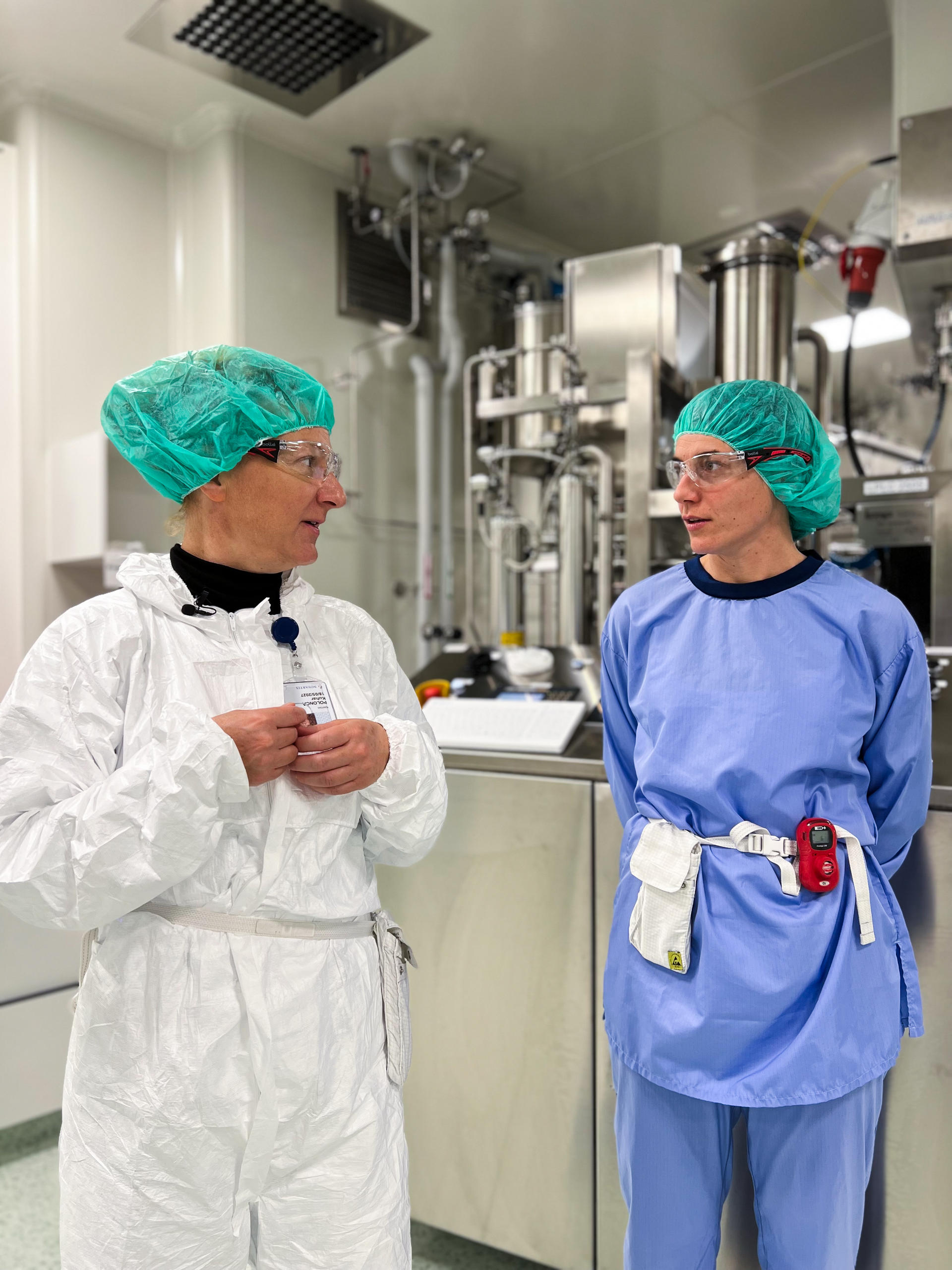
“There is a tight bond between what we’re doing here and how the company is evolving globally,” said Aymeric Royere, a French native, who worked at Novartis offices in Basel, Belgium, France and Australia before becoming president of Novartis Slovenia a year ago. “Slovenia is quickly becoming a centre of excellence for complex biologics.”
Between them, Novartis and Sandoz are expected to create more than 650 jobs, mostly university-level, in the next two years in Slovenia, bringing their combined workforce in the country to over 7,000.
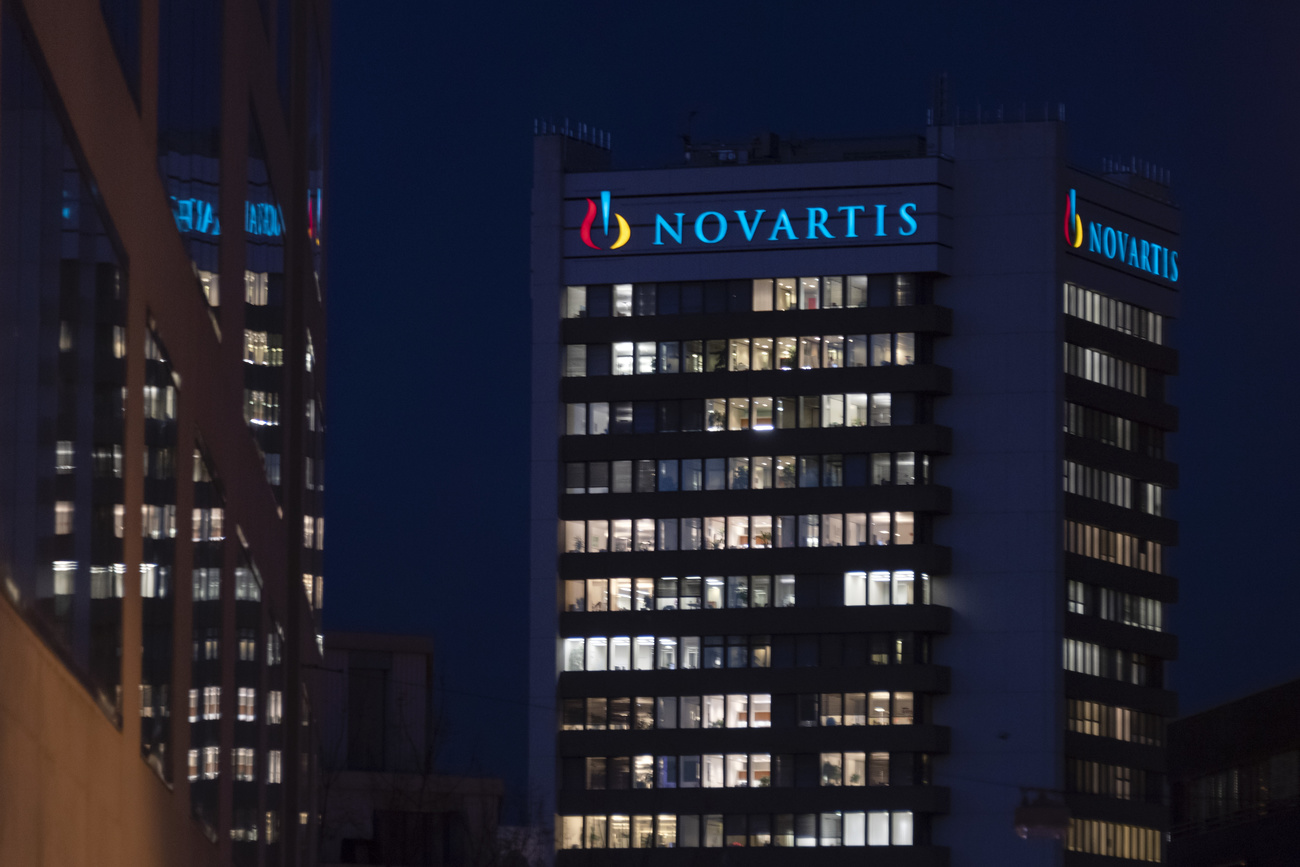
More
What’s behind the Novartis job cuts?
The country’s alignment with the evolving corporate strategies of Novartis and Sandoz underscores the dilemmas facing Europe when it comes to attracting innovation while also keeping enough production of cheap, essential medicine on the continent.
Almost 70% of drugs dispensedExternal link in Europe are generics, and governments are encouraging their use as a way to manage rising healthcare costs. But meeting demand with European production is increasingly difficult. Only 25% of Europe’s consumption of generic drugs is producedExternal link in Europe compared with 77% for on-patent medicines. Even in Slovenia, where the average salary is a third of Switzerland’s, the economic rationale for producing older generics is difficult.
On December 22, 2023, Sandoz shuttered its antibiotics factory in Prevalje, northern Slovenia, and said it was consolidating production in Austria, where the government offered a €28.8 million financial incentive to upgrade its factory, the last remaining production site for penicillin in Europe.
This article was part of a collaboration with the Slovenian public broadcaster RTV Slovenija. Miha Zavrtanik from RTV contributed reporting to this article, while producing his ownExternal link.
Edited by Nerys Avery/vm.

In compliance with the JTI standards
More: SWI swissinfo.ch certified by the Journalism Trust Initiative
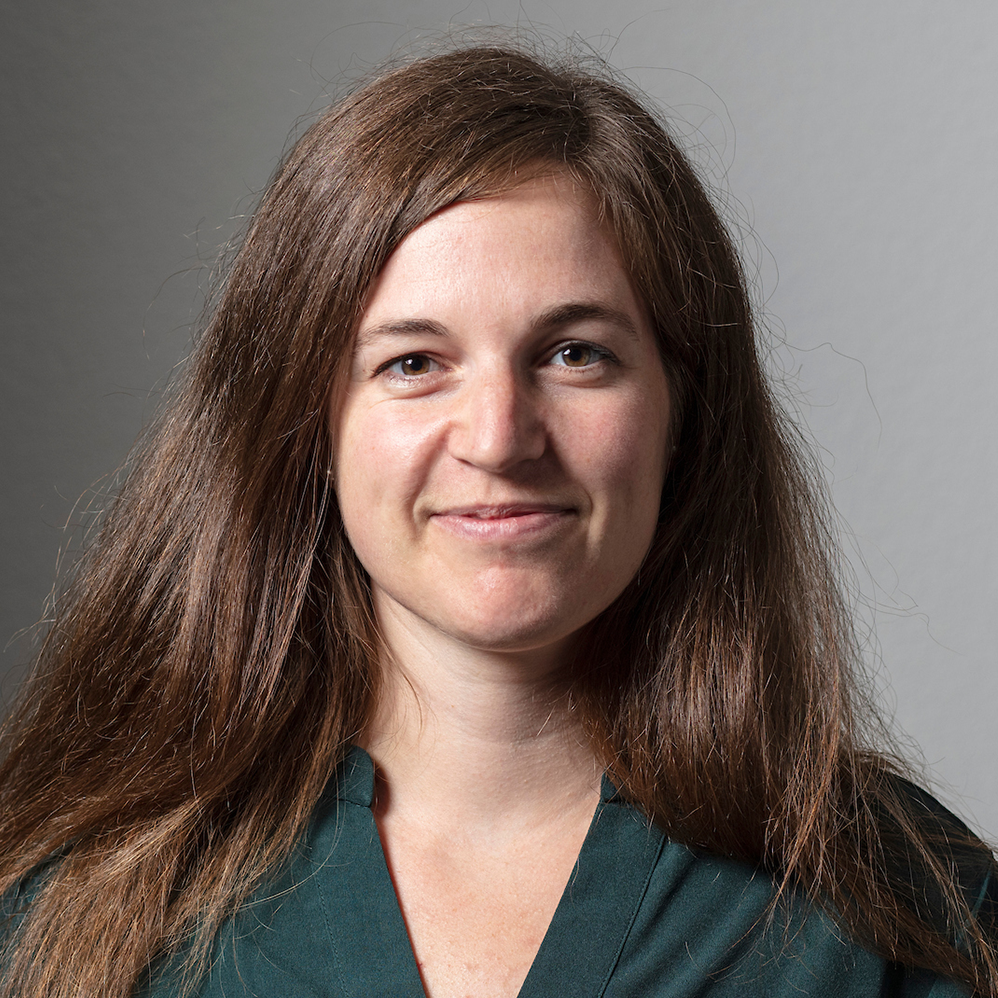









You can find an overview of ongoing debates with our journalists here . Please join us!
If you want to start a conversation about a topic raised in this article or want to report factual errors, email us at english@swissinfo.ch.